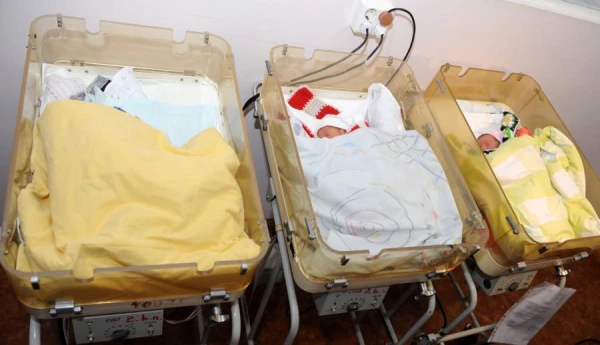
Over the past decade, the share of third and fourth children among newborns in Latvia has increased, reported the Central Statistical Bureau (CSB).
Last year, 39.9% of all newborns in Latvia were firstborns, while in 2014 this figure was 44.2%. At the same time, 35.5% were second children (37.5% in 2014), 16.4% were third children (13.3% in 2014), and 8.2% were fourth or more (5% in 2014).
In Latvia last year, the highest number of children was born in the Riga region - 46.7% of the total number of births, while in other regions, the share of births ranged from 15.1% in Vidzeme to 11.1% in Latgale.
The CSB notes that the most third and fourth children are born in the Latgale, Zemgale, and Riga regions. Third children in families were born in Latgale (21.4%), Zemgale (18.2%), and the Riga region (17.7%) of all births in the region.
The regions with the lowest share of third children are Vidzeme (13.4%) and Kurzeme (16.4%), where the share of first children is higher - 44.4% and 39.9% respectively.
The CSB also notes that the average life expectancy of newborns in 2023 was 75.5 years, including 70.4 years for men and 80.4 years for women, while the average life expectancy of children born in 2024 is projected to be 76.4 years, including 71.3 years for men and 81.1 years for women, which is the highest figure in history.
The highest life expectancy is among women living in the Riga region (81.5 years) and men living in the Vidzeme region (72.5 years), while the lowest life expectancy is in Latgale: 68.8 years for men and 79.9 years for women.
Data also show that the average age of the population is gradually increasing and was 43.4 years at the beginning of 2025. The average age for men was 40.3 years, while for women it was 46.2 years. In the Riga region, the population is younger - with an average age of 42.6 years, while in Latgale it is older, with an average age of 45.9 years.
In Latvia, as in all other EU countries, there are more women (51.1%) than men (48.9%). At the beginning of 2025, there were 116 women for every 100 men in Latvia, which is the highest ratio among all EU member states.
According to the CSB, the share of children and adolescents (0-14 years) in the total population of Latvia has decreased by 16,800 or 5.7% since 2015 - at the beginning of 2025, there were 280,900 children in the country, or 15.1% of the total population. The population aged 15-64 has decreased by 130,400 people, or 10%, while the population aged 65 and older has decreased by 21,800 people, or 5.6%.
The number of marriages per 1,000 residents in Latvia is relatively high compared to other EU countries - in 2023, there were 5.6 marriages per 1,000 residents, placing Latvia third after Cyprus (8.9 per 1,000 residents) and Romania (5.8). The lowest number of marriages was in Italy - 3.1 per 1,000 residents and Slovenia - three per 1,000 residents.
Last year, Latvians married a representative of their nationality in 83.4% of cases. Over the past ten years, this share has increased by 3.7 percentage points.
The number of first marriages in 2024 decreased by 1.6% compared to 2023, while the number of remarriages decreased by 6.3%.
In terms of the number of divorces per 1,000 residents in 2023, Latvia led with 2.8 divorces per 1,000 residents, while the lowest divorce rate was in Ireland - 0.7 divorces per 1,000 residents.
Data also show that 37.3% of divorced men and 46.2% of divorced women were under the age of 39. Of all divorces in 2024, 53.8% (52.2% in 2023) involved families with minor children, in which 4,452 children lived.



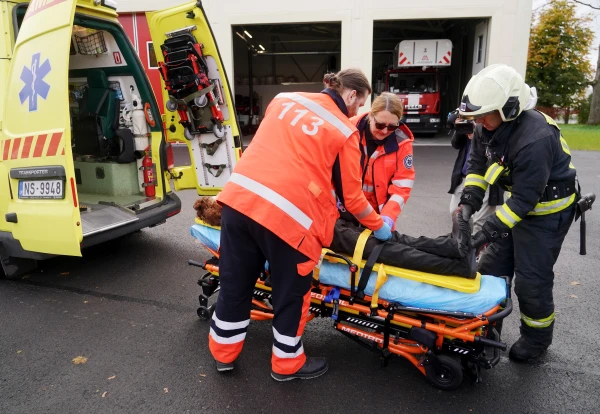



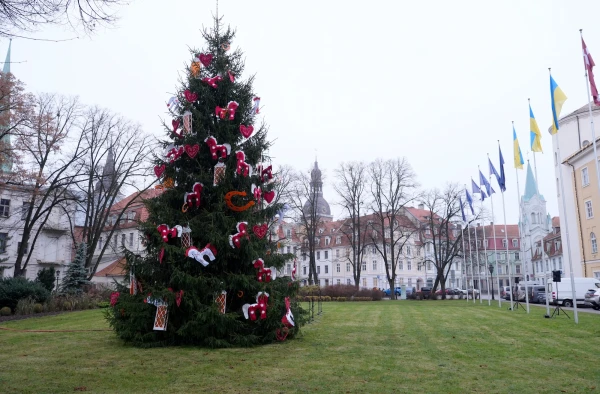




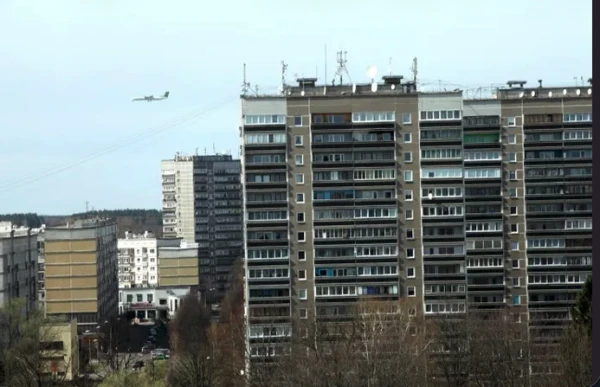
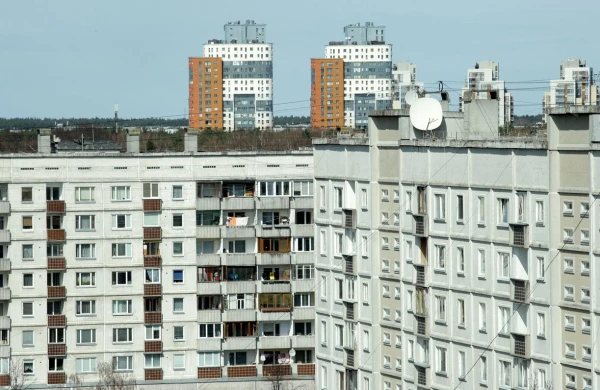
Leave a comment